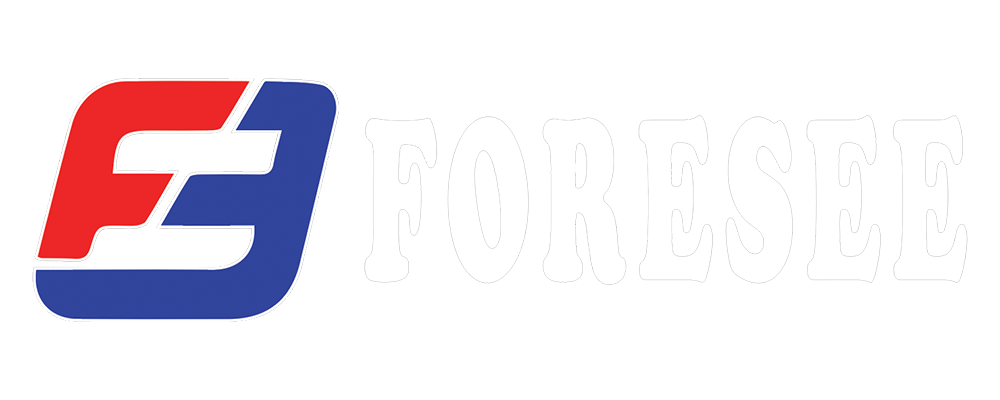MIG, TIG, and Stick welding each use different types of consumables tailored to their specific welding processes. Here’s a breakdown of the differences:
MIG Welding (Gas Metal Arc Welding - GMAW)
Consumables:
-
Welding Wire: Continuous wire feed. Common types include:
- ER70S-6: A common choice for mild steel welding.
- Stainless Steel Wires: Such as ER308L for 304 stainless steel.
- Aluminum Wires: Such as ER4043 for general-purpose aluminum welding.
-
Shielding Gas: Protects the weld pool from contamination.
- Argon or Argon-CO₂ Mixtures: For most steel welding.
- 100% CO₂: Sometimes used for deeper penetration in steel.
- Argon-Helium Mixtures: For aluminum and non-ferrous metals.
Key Features:
- Continuous Wire Feed: Enables long, continuous welds.
- Shielding Gas: Provides a clean, controlled welding environment.
- Versatility: Suitable for a wide range of materials and thicknesses.
TIG Welding (Gas Tungsten Arc Welding - GTAW)
Consumables:
-
Tungsten Electrodes: Non-consumable, but needs sharpening.
- Pure Tungsten (Green): Used for aluminum and magnesium.
- Thoriated (Red) and Ceriated (Grey): Used for steel and stainless steel.
-
Filler Rods: Separate rods fed manually into the weld pool.
- ER70S-2: For carbon and low alloy steels.
- ER308L: For stainless steel.
- ER4043: For aluminum.
- Shielding Gas: Typically 100% argon for most applications, sometimes argon-helium mixtures.
Key Features:
- Precision: Ideal for thin materials and intricate welds.
- Separate Filler Rods: Offers greater control over the welding process.
- Clean Welds: Produces high-quality, clean welds with minimal spatter.
Stick Welding (Shielded Metal Arc Welding - SMAW)
Consumables:
-
Welding Electrodes (Rods): Coated in flux, consumable.
- E6010: Deep penetration for root passes.
- E7018: General-purpose rod for structural welding, low hydrogen.
- E308L-16: For stainless steel welding.
- E4043: For aluminum (less common in Stick welding).
- No Shielding Gas: Flux coating on the electrode provides shielding by producing gases when melted.
Key Features:
- Versatility: Can weld in almost any environment, including outdoors.
- Simplicity: Does not require external gas shielding, making it more portable.
- Flux Coating: Protects the weld pool and adds alloying elements to the weld.
Summary of Differences:
-
Welding Wire vs. Rods/Electrodes:
- MIG uses continuous wire feed.
- TIG uses separate filler rods and non-consumable tungsten electrodes.
- Stick welding uses consumable electrodes with flux coating.
-
Shielding Methods:
- MIG and TIG use external shielding gas.
- Stick relies on the flux coating on the electrodes for shielding.
-
Precision and Application:
- TIG provides the most precise control and cleanest welds.
- MIG is versatile and efficient for a wide range of applications.
- Stick is highly versatile and robust for outdoor and fieldwork, even in windy conditions.
Each welding process has its own set of consumables designed to optimize performance for specific applications, materials, and environments.

Recent post